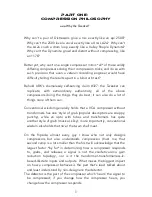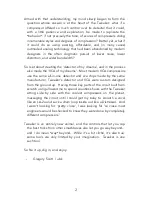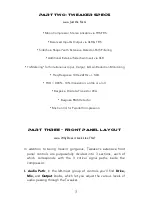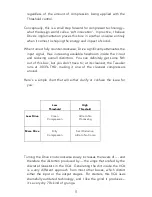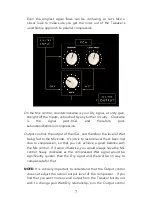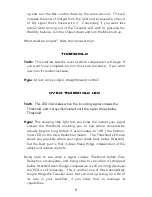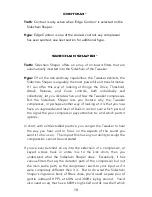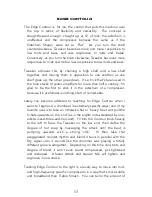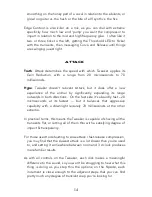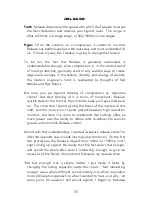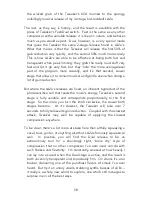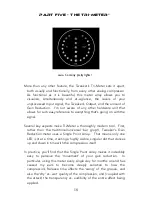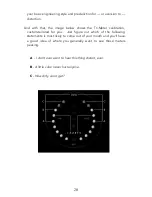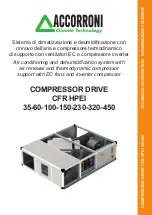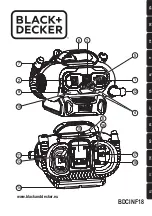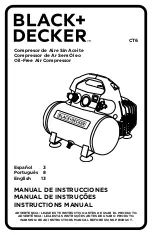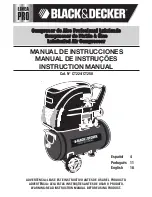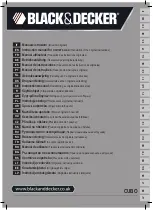
6
But beyond that, I made the circuit this way in order to solve what is,
for me, a constant problem I have in the studio: distortion sounds
cool, but kills transients. Compressing a distorted signal results in
lots of flavor and zero punch.
Think for a second about what a VCA does: during compression, the
VCA is lowering the signal level by an amount reflected in the Gain
Reduction meter, then restoring it. Here’s the trick: if a VCA is
overloaded and distorting, and then for a split second is asked to
do, say, 8dB of reduction on your drum buss, for that split second
the level produced by the VCA is reduced by 8dB… which reduces
the distortion it generates. So the Tweaker’s distortion is ‘cleaned
up’ in direct proportion to the amount of compression being
applied, which means you can grunge up your drums but still have
the transient punch come thru; or, add some grit to a vocal, but not
have the loudest parts degrade into unintelligible fuzz.
Mix & Output
Truth
: Mix blends the unaffected Input signal with the post-VCA
compressed signal. The range is 100% dry to 100% wet. Output
controls the level of the VCA’s output, prior to the Mix control.
Output can attenuate or boost the signal by +/- 20dB.
Hype
: Tweaker’s Mix & Output controls were designed to work
together to give you simultaneous control over both the relative and
absolute levels of your Wet and Dry signals. This amount of control
comes at a slight cost, namely: it is a slightly complex scheme that
takes a few minutes to get your head around how it all works. But
once you do, you again find that you have more control than more
conventional parallel compression designs.


